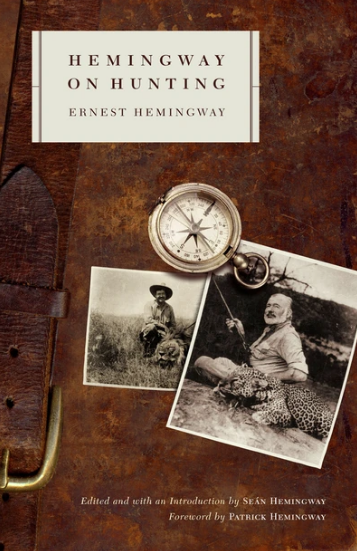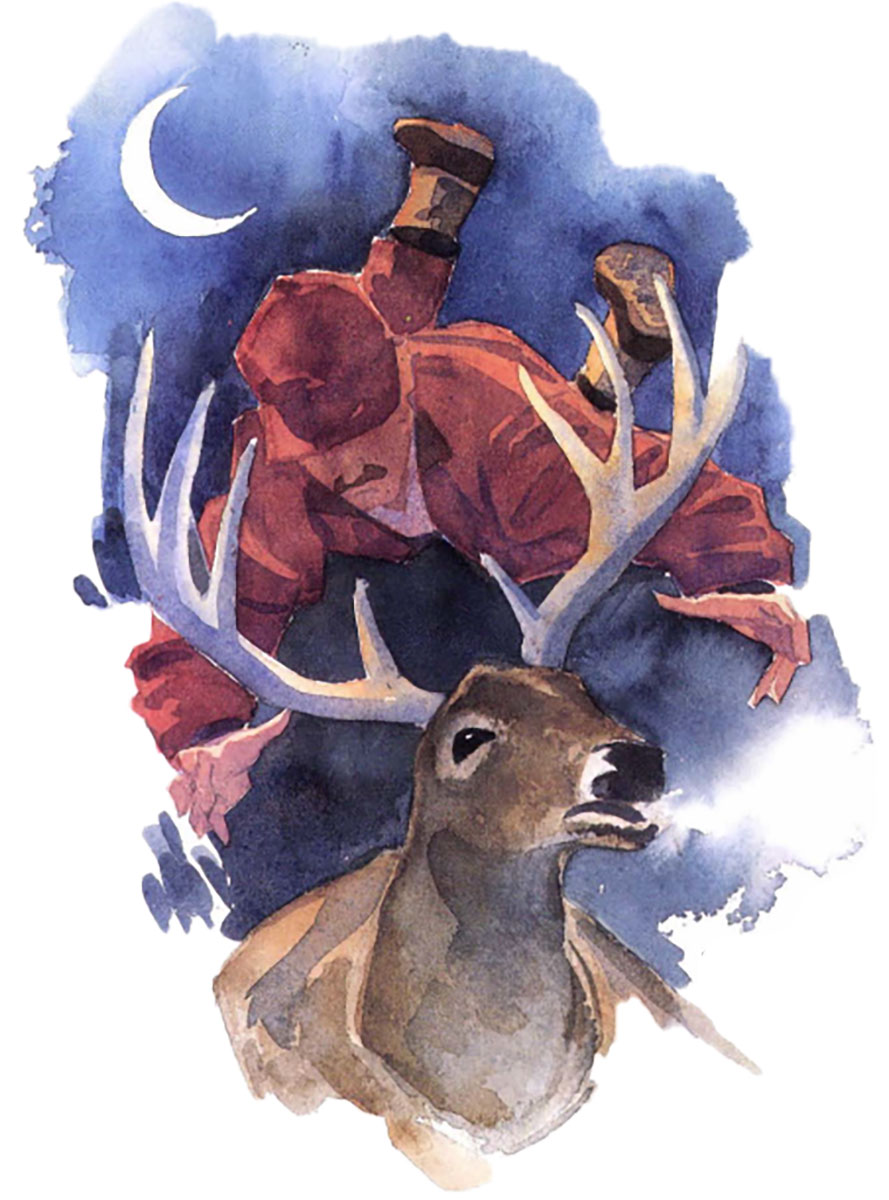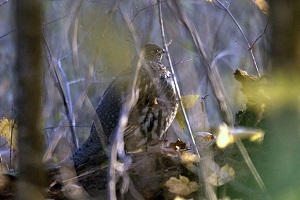A new brand of sportsmen has begun taking to the field.
Hunting embodies many ideas — tradition, camaraderie, stewardship, self-reliance — but it has never placed much emphasis on staying abreast with movements or trends beyond the scope of the outdoors. And this, in large part, is why hunting is so refreshing: It provides refuge from the normal paradigms of life, offering a world apart from the drone of 24-hour news cycles, social-media statuses, talk-show commentators, and the glowing rectangles to which working Americans are increasingly glued.
Recently, though, hunting has become a more relevant part of our country’s cultural dialogue. As the locavore movement — which stresses producing food locally rather than transporting it great distances to market — has gained acceptance among young, educated and financially secure professionals, a new brand of sportsmen has begun taking to the field. These hunters head to the woods as participants in a larger conversation about the world and how to live responsibly in it; they seek meat free of steroids and additives, a reaction against the factory-farm-produced beef, poultry, and pork that crowds most grocery-store freezers. Likewise, they care little about scoring on Boone & Crockett or forking out the cash for an African safari; their interests skew more toward activism, creative pursuits, and pop culture.
In November 2014, The Texas Observer detailed this recent influx of hip, socially conscious hunters in “The Changing Culture of Killing for Food.” The piece tracks the recent celebrity surrounding hunter Jesse Griffiths—the force behind Austin’s Dai Due eatery and butcher shop, a mecca for foodies and culinary purists. Griffiths is not the stereotypical hunter as often portrayed in mainstream media; he is bearded, tattooed, and could pass as kin to Levon Helm or Robert Redford in Jeremiah Johnson—but more punk than pastoral.
Writer Andrea Grimes notes Griffiths first went hunting four years ago to better understand meat’s relationship with the environment. Since that time he’s become a vocal advocate of the pursuit, proclaiming it is a sustainable and morally sound alternative to the commercial meat industry’s questionable practices. He’s even penned a book about his experience entitled Afield: A Chef’s Guide to Preparing and Cooking Wild Game and Fish, a manifesto about learning to shoot and serve wild game.
Grimes summarizes the movement Griffiths has perpetuated:
More and more people do seem to be picking up shotguns and rifles, and they’re not necessarily beer-swilling Bubbas who hole up in $1,300 camouflaged blinds and draw game into range with deer corn. These are people taking a step beyond CSA delivery and backyard chicken coops, following the path of locally sourced eating to the next level.
Griffiths later describes hunters such as himself:
They’re 25 to 35, they like music, food, art. They’re socially minded, whatever that might mean. They’re interested in hunting, and maybe they weren’t five years ago, but they are now. . . . We’re taking it away from Ted Nugent.
These quotes are grossly pejorative of traditional sportsmen and suggest there are camps of polarized hunters with little or no commonality among them. Similarly, the article never suggests that hunters apart from Griffiths and his peers may also have an interest in art, food, music, and healthy eating; nor does it mention the long tradition of hunters opposed to barbaric blood sport; nor mention that trophy hunters also eat the meat of their kills.
Similarly, this fall The New Yorker published a profile about Modern Farmer, a quarterly magazine launched two years ago that focuses on the benefits of locally raised produce and livestock. Despite the magazine’s title, writer Alec Wilkinson speculates most of its readers don’t make their livings growing crops—they’re city dwellers with a renewed interest in agriculture’s antiquated methods, whether for environmental or culinary concerns.
Editor Ann Marie Gardner corroborates Wilkinson’s suspicion and explains this new fascination with farming stems from wanting more self-sustaining, natural ways to eat less possible in urban environments. These neo-farmers remain fixed to the city, likely because of their professions, but choose to live off the land for luxury, armed with the knowledge that doing so benefits the environment and their health.
The fact that Modern Farmer can attract a readership that has only a loose connection with its subject matter suggests there’s an audience beyond the typical hook-and-bullet outdoor crowd interested in land and wildlife management. While Modern Farmer exclusively covers agrarian issues, hunting seems like the next logical step in the farm-to-table and locavore movements it promotes. Some devotees to these beliefs, such as Jesse Griffiths, have already arrived at this conclusion, and it would come as no surprise to see more of these rural revivalists trek to the field, gun in hand.
The profile also notes that since Modern Farmer’s inception in 2013, the magazine has become a talking point in elite media circles, garnering high praise (and a National Magazine Award), which further indicates an increased fascination with the ethos it espouses. Now the question is how will this renewed vigor for locally produced food affect hunting in America?
Experienced sportsmen may be rolling their eyes at all of this, imagining a bunch of yuppies tramping through the woods and scaring off all the deer. And they’re probably right—these new hunters will inevitably foul opportunities at game, as would any nascent sportsman. But despite however self-important or naive these hipsters may seem, their presence should be embraced nonetheless, for the sake of the sport and wildlife, both of which they seem bent to encourage. These eager, engaged sportsmen may provide the jolt of enthusiasm needed to combat the misguided and poorly informed anti-hunting rhetoric that too often proliferates through the creative class. Now we’ll just have to wait and see how deep their convictions run if shooting game doesn’t stay in vogue.
Cover image: Jody Horton
 Hemingway on Hunting offers the full range of Hemingway’s writing about the hunting life. With selections from his best-loved novels and stories, along with journalistic pieces from such magazines as Esquire and Vogue, this spectacular collection is a must-have for anyone who has ever tasted the thrill of the hunt — in person or on the page. Buy Now
Hemingway on Hunting offers the full range of Hemingway’s writing about the hunting life. With selections from his best-loved novels and stories, along with journalistic pieces from such magazines as Esquire and Vogue, this spectacular collection is a must-have for anyone who has ever tasted the thrill of the hunt — in person or on the page. Buy Now




